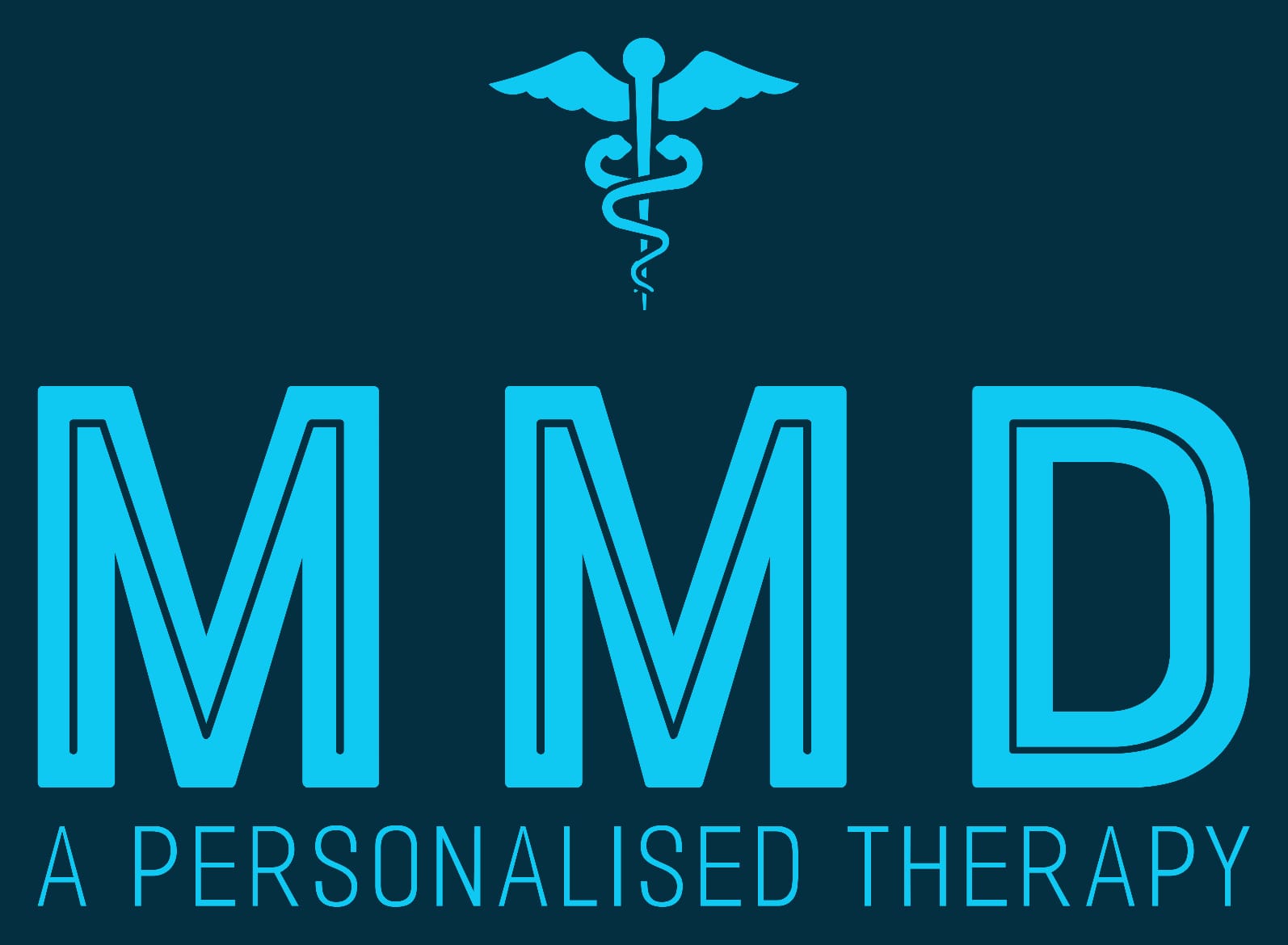Shoulder calcific tendonitis is a painful condition in which the movement of your shoulder is limited. It occurs when calcium deposits form in the shoulder tendons, which leads to stiffness, discomforting and inflammation. It also impacts your daily activities. Calcific tendonitis impacts on sleep, work and makes everyday tasks challenging. Among patients with calcific tendinitis, 2.7%-20% are asymptomatic, and 35%-45% of patients whose calcific deposits are inadvertently discovered develop shoulder pain. Different methods can help to treat shoulder calcific tendonitis. It includes anti-inflammatory medications, physiotherapy or surgery.
What Is Shoulder Calcific Tendonitis?
Shoulder calcific tendonitis is a condition where calcium deposits accumulate in the tendons of the shoulder, most commonly within the rotator cuff. The calcium that is deposited in the shoulder can lead to pain, stiffness and limit the range of motion. Shoulder pain is common in many people, but shoulder calcification is not very common. Less than 10% people are treated for this condition with surgery, but when it occurs, it can be extremely painful.
What Are The Stages Of Calcific Tendonitis?
There are three different stages of calcific tendonitis which are as below:
- Pre-Calcific: In this stage, the movement of the shoulder causes pain and limits the range of motion. The area changes at the cellular level; you will not feel any pain.
- Calcific: Calcium is released from cells to make calcium deposits.
- Resorptive: After some time, the body starts absorbing the calcium. This process will cause discomfort and inflammation. During this phase, conservative treatment, including non-steroidal medication such as Ibuprofen, can be ineffective, and an ultrasound-guided steroid injection should be considered.
- Post-Calcific: In this phase the calcium deposits are slowly replaced by healthy tissues. Shoulder movement will also start to improve and get better after some time.
How To Treat Calcific Tendonitis?
The main goal of any treatment is to reduce the pain and inflammation in the shoulder joint, and restore normal movement and function. A majority of calcific tendonitis are self-limiting and will resolve with a period of rest, physiotherapy, and a short course of non-steroidal medication. For those that do not settle, an ultrasound guided injection should be the next step.
Anti-Inflammatory Medications For Calcific Tendonitis
These anti-inflammatory medications can be helpful to reduce swelling and pain in the shoulder. You should use these medications under the supervision of a GP or specialist.
Physiotherapy For Calcific Tendonitis
Physiotherapy is designed to improve your quality of life through hands-on care, patient education and prescribed exercises. It focuses on reducing pain, swelling and inflammation. It also involves a combination of corrective strengthening and stretching rehabilitation exercises. Manual massage techniques such as deep tissue massage and sports massage can reduce muscular tension around the shoulder and improve mobility. Your physiotherapy treatment will aim to:
- Reduce pain and inflammation
- Normalize joint range of motion
- Improve your shoulder blade and shoulder alignment and scapular control
- Normalise your muscle lengths
- Regain full muscle strength throughout the shoulder, especially the rotator cuff muscles
- Improve your technique and function, e.g. lifting and overhead activities.
- Restore high speed, power, proprioception & agility
- Minimize your chance of re-injury as you return to sport or work.

What Causes Shoulder Calcific Tendonitis?
The cause of calcium deposits in the rotating cuff tendon is still not understood. It is thought to be related to wear and tear in the muscle tendons. It mostly affects people between the ages of 40-60. Women are more likely to be affected by this condition than men. There is also some suggestion that hormone problems, such as thyroid abnormalities, and metabolic conditions, such as diabetes, may be risk factors.
What Are The Symptoms Of Shoulder Calcific Tendonitis?
There are many symptoms of calcific tendonitis but it may vary from person to person. It depends on which phase calcium deposits are in the shoulder. But the pain can cause extreme discomfort in the overall process.
Common Symptoms Of Shoulder Calcific Tendonitis
Here are some of the common symptoms of calcific tendonitis:
- Light to severe pain in the side of your shoulder that can move down to the arm.
- Sudden or gradual onset of pain as calcium deposits buildup in the shoulder.
- Increased pain while stretching your arm or lifting your arm over head.
- Increase inflammation and pain during night that can disrupt your sleep cycle.
- Sensations of weakness in your arm.
- Pain during lifting or carrying objects.
Conclusion
Shoulder calcific tendonitis is usually resolved quickly. However, this condition can also be associated with other issues affecting the shoulder, such as bursitis, frozen shoulder and rotator cuff tendonitis. Therefore, if you develop calcific tendonitis symptoms, such as sudden pain, tenderness or reduced range of motion, contact your healthcare provider. At Medical Massage & Detox, our experts are here to reduce your pain and inflammation through different massage techniques quickly. To book an appointment or for more information, call us at 0800 774 7307 or email us at info@medicalmassagedetox.com!
Reference Link:
https://complete-physio.co.uk/calcific-tendinitis-of-the-shoulder/





